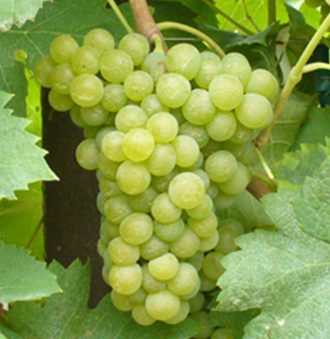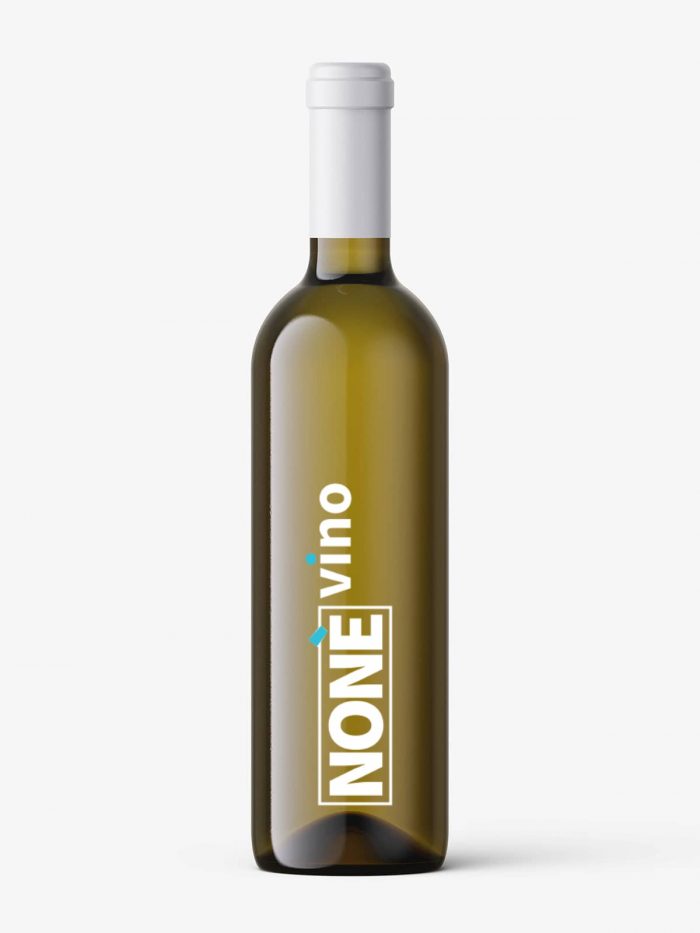Arneis Grape
White Grape

The Arneis white grape variety is grown in the Piedmont and Sardinia regions .
The origin of this white grape variety is lost in the mists of time, just as its area of origin is not known exactly. Some documents would link it as early as the fifteenth century to the Roero, today a privileged land for its cultivation.
After having thrived over the centuries, this vine was fatally affected by the crisis of viticulture and the depopulation of the countryside between the two world wars. At the end of the sixties it was reduced to a few rows scattered among those of Nebbiolo, because its very sweet and early ripening grapes kept the birds away from the more profitable black grapes.
It was the entrepreneurial intuition of some producers who wanted to impose a white of value in a land that seemed destined only for red wines to restore visibility and prestige to this wine and its chosen territory.
At the origin of the relaunch and the new fortunes of Arneis there are also the clonal selections that have definitely improved it. Until a few decades ago, in fact, the vines were quite different and from this the name could derive, which in the local dialect means “mischievous” or “reckless”.
Characteristics of the wine
The Arneis grape is used exclusively for winemaking. The wine obtained has a straw yellow color, fine aromas of flowers and white fruit, grass, a full, sour taste, with an aftertaste of bitter almond. Sometimes Arneis lends itself well as a base for sparkling wines. In the past it was added to the red wines Barbera and Nebbiolo to soften the flavor.


